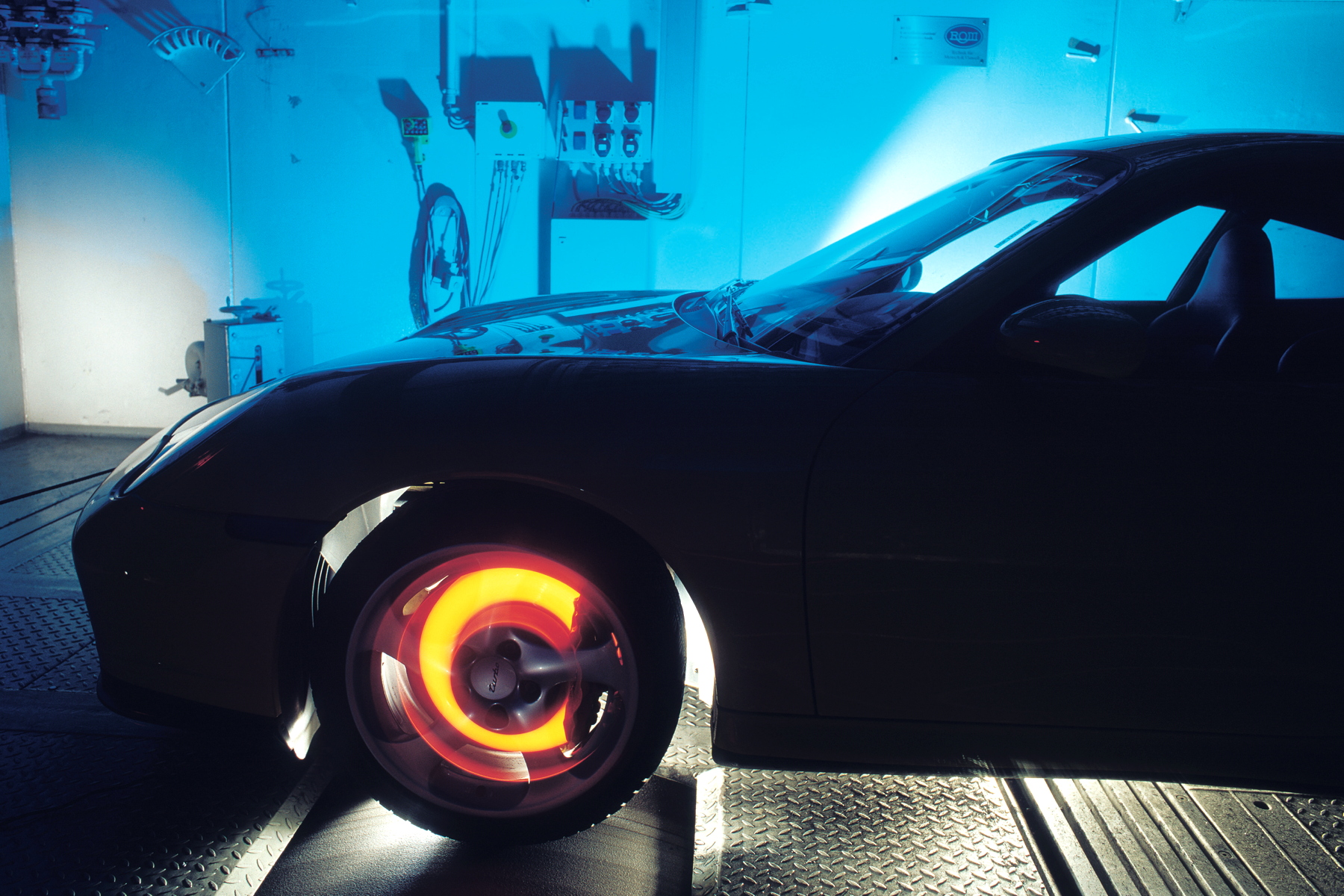Brakes: A Porsche 911 history
The braking system in the Porsche 911 has come a long way since the original ‘901’ was unveiled at Frankfurt in 1963, and has always been at the industry’s forefront in terms of technical innovation.
From the very beginning, the Porsche 911 has used disc brakes at all four corners, with the two-piston callipers enveloping 282mm discs at the front, and 285mm discs at the rear until the introduction of the B-Series cars in 1968.
As the Sixties drew to a close, the 911’s discs (still solid in construction) increased in size to 282mm and 290mm for the front and rear respectively. This would last through until 1978 apart from on the 3.0-litre 911 Carrera RS, a car that gained drilled a vented discs derived from the 917 racer.
These brakes would also find their way onto the Porsche 930 3.3 after the older style setup on the original 3.0-litre Turbo were found to be lacking when stopping the forced induction supercar.
In fact, the turbocharged 911s have often been the first models in the line up to benefit from braking developments. In 1991, the 964 Turbo became the first 911 to feature front discs larger than the rears, with measurements of 320mm and 299mm respectively, while the 964 was the first generation of 911 to feature ABS.
The 964 Turbo 3.6 saw the introduction of the powerful ‘Big Red’ brake package while, fast-forwarding nearly a decade to the release of the 996 GT2 in 2001, Porsche Carbon Ceramic Brakes were launched.
This innovative braking system was developed in conjunction with friction specialists, Brembo and has become a mainstay of the range-topping models, such as the 911 Turbo S.
The 991 variant is currently stopped with the biggest brake package ever seen on a Porsche 911. The PCCB discs measure 410mm at the front, gripped by the iconic ‘Big Yellow’ six-pot callipers.
PCCB is currently an option for all 911s, with standard Carreras featuring the black four-pot callipers as standard. The latest generation of six-pot front/four-pot rear ‘Big Reds’ can be found on Carrera S, Turbo, and GT3 991s.




Comments (0)